Sarah May Grunwald comes from the sunny state of California and now resides in a country house in the Castelli Romani just outside Rome. She is a wine educator, sommelier and tour guide who runs and owns Antiqua Tours with her husband Ettore Bellardini. When she is not leading cultural and culinary tours in Rome, she is at home writing her wine blog, hanging out with Ettore and their 10 dogs and cats, in the kitchen or tending to her olive trees and garden.
Sarah and I are buds and so I felt comfortable sharing my wine ignorance with her and asking her some questions. We know many visitors to Italy want to enjoy the wine, but the majority don’t know where to start or feel intimidated by wine culture which comes off as elitist in other countries. Sarah is very knowledgeable about wine, but is also about as anti-wine snob as they come. We share the same philosophy that knowledge can only enhance an experience and that wine is for everyone.
1. The Beehive: Chianti and chardonnay. Before I moved to Italy, that’s all I knew when it came to a red wine or a white wine. Do you have any suggestions for different kinds of regions and different kind of reds and whites that people should try? Are some regions better known for reds or whites than others?
Sarah: Well, we are certainly advocates of drinking local wine from the region because they pair best with the dishes from the region. As they say in Italy, “If it grows together, it goes together.” So, if you are in Rome, try wines from Lazio if they are available. One of the problems people have with Italian wine is the lack of familiarity, the names are hard to pronounce and many are not available or easy to find outside of Europe. If you want to get beyond Chianti or Chardonnay I suggest Montepulciano d’Abruzzo as a red and Friulano as a white. Both of these wines are easy to drink and food friendly. Regions to look out for for reds in Italy are Piedmont, Umbria, Abruzzo, Campagna and Sicily. For whites you can’t beat the northern regions like Friuli Venezia Giulia, Trentino Alto Adige and Liguria.
2. House wines. What are they exactly and are they worth it or better to buy a bottle?
In Rome, it is best to avoid house wine. In fact, one of the reasons Lazio’s wine reputation has suffered is because of the terrible house wine served in many places in Rome. Consider that you can drink very well in Italy without breaking the bank so spending a few more euros on a bottle of local wine from smaller producers is worth it. For white, a local Frascati Superiore is both fragrant and fresh and for red go for Cesanese del Piglio or Cesanese di Olevano Romano.
Of course it’s important that we don’t make blanket statements. If the restaurant already has a good reputation for wine chances are they might have a good house wine. I always ask if I can taste the house wine before I order it. But in general spend the extra few euro on a bottle, at least in Rome. This is not the case in all parts of Italy. I was in Friuli Venezia Giula recently and snubbed the house wine at a local trattoria that my friend was drinking. He made me taste it and it was a wonderful wine. Don’t feel shy to ask for a sample of the house wine if you are interested.
3. What types of wine would you suggest to someone who has never really been a wine drinker? Are there wines someone visiting Italy definitely should try that perhaps they wouldn’t be able to find easily anywhere else?
Well, luckily I teach a class called “The Wines of Italy”for this exact type of person, so it is an easy question for me. My suggestion is to focus on wines that are fruity and easy to drink. Avoid highly tannic red wines or wines that have been oaked. A lot of my students like off-dry fruity wines. And of course, everyone loves Sparkling wines, so try lovely sparklers such as Franciacorta, Trentino DOC and simple but refreshing Prosecco DOC.
4. The wine list. This is often very intimidating especially for wine novices so I think most people go for the chianti or the chardonnay as safe bets. Do you have any “sure things” on a wine list that you would suggest people choose instead?
Do try something different! Ask the waiter for something local from a small and high quality producer that is not overly oaked. Ask for something made from local, indigenous grapes instead of international grapes like Merlot or Chardonnay. I tend to think Italian whites are a sure bet if they are well made. Luckily in Italy you can drink well and not spend a lot of money, which also means you can try different wines and not worry you are going to break the bank. I highly suggest going to a wine bar and sampling different wine by the glass and getting to know the type of wine you like.
5. What’s the etiquette if you don’t like the wine you were given?
If you don’t like it that is your responsibility. Wines can be sent back only if they are faulty. If your wine smells like damp cardboard, eggy, boiled cabbage, vinegar or nail polish it is faulty due to a number of reasons. Then you can send the wine back. Tell the waiter the wine is corked or faulty. They shouldn’t argue with you, but sometimes, in Italy, they do. Unfortunately it is quite common for waiters to try to convince foreigners they are wrong, but stand your ground. Don’t ever let anyone make you feel intimidated especially if you are on holiday! Send it back and they will bring another bottle of the same wine. However, if the wine is not faulty and you just don’t like the wine, you can choose not to drink it and order something else.
6. What are signs that the wine has gone bad (rather than you just don’t like it)?
Well, I just wrote above, but to elaborate more there are a number of reasons your wine may be faulty. Cork taint (Trichloroanisole) or TCA is the most common and can be due to a tainted cork or tainted winery equipment. You’ll often see wait staff smelling the cork before they serve the wine. Although that can be indicative, it is not always, so the aromas in the glass are your best indication. Cork taint smells like damp cardboard or even mold. Not a nice aroma. If you don’t detect it, don’t worry. You won’t get sick from it!
Sometimes you’ll hear people say a wine smells barnyardy. This is a taint from an unwanted yeast called Brettanomyces or “Brett” it can give plastic or animal aromas or even sweaty horse. To most this is a fault, but some people enjoy these aromas at low levels. Again, if you don’t detect it you won’t get sick.
Other aromas to look out for are rotten eggs or canned vegetables (a sign of reduction), or toffee and caramel (a sign of oxidation). Vinegar or nail polish aromas or extinguished matches are also signs of a faulty wine.
7. Any major faux pas to avoid when ordering or drinking wine?
Don’t call all sparkling wine in Italy “Prosecco.” Prosecco is a type of wine just like Chianti Classico is. Don’t confuse fruitiness with sweetness. But other than that, unless you are at a trade tasting or a wine tasting, you should just enjoy yourself. Sure you should hold the glass by the stem, but if you don’t the wine police aren’t coming to arrest you. Remember that in Italy when you make a toast and clink glasses you have to look into everyone’s eyes, to not do so is considered rude but also considered bad luck.
8. Is there any basic vocabulary you can suggest to help the wine novice express what they like/dislike?
I would suggest taking the time to attend a wine tour to get to know the basics of Italian wine and learn some wine vocabulary so that you can order wine with confidence. Many of my clients take a wine tour with us on the first day or so after they arrive and when we hear back from them after their trip they tend to say it was the most useful thing they did because for the rest of the trip they were able to order wine with confidence.
9. Are there any wine bars you recommend in particular where someone just could not go wrong no matter what wine they choose? A wine bar that serves a good apertivo?
I have a number of wine bars I love in Rome. Here are some central ones.
Al vino al vino in Monti is great. They have a decent wine by the glass list and the best caponata in Rome. I love to order the caponata with a pink Franciacorta.
Il Goccetto is a short walk from Campo dei Fiori and has an excellent wine by the glass menu that changes weekly. Order a couple of different wines by the glass and try different ones. They have an excellent cheese plate that you can order in small, medium or large.
Bibenda Wineconcept is a short walk from the Colosseum and open at lunch time, except on Sundays. They have a lovely wine by the glass menu that changes regularly. The staff is friendly and best of all in summer, it is air conditioned.
Palatium near the Spanish Steps specializes in Lazio only wines and products. They have a small happy hour and you can sample different local wines.
10. If someone wants to take back a special bottle as a gift to themselves or to someone they know – do you have any suggestions of where they should go and what they should get?
Any of the enoteche I have already mentioned sell bottles. I always suggest taking back wines that you have consumed somewhere special, that way the wine has a story. Certainly some Italian wines are more expensive than others and make great gifts, but if you enjoyed a fresh Frascati Superiore in the Castelli Romani, try to get the same bottle if possible. Wines with a personal story are always the best souvenirs.

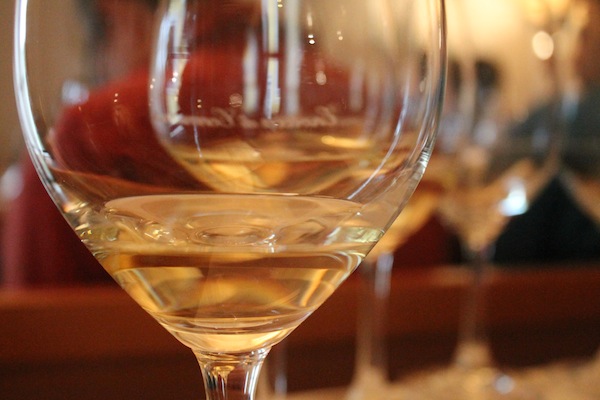

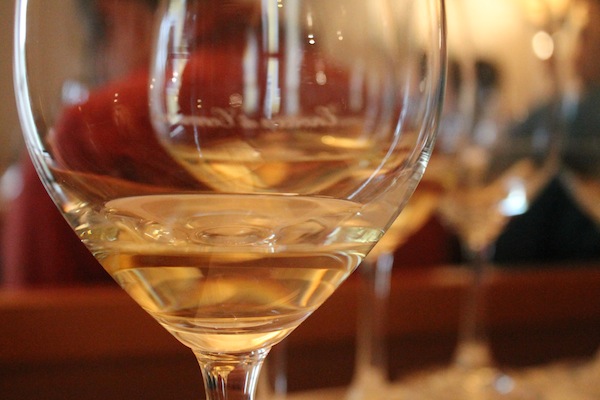
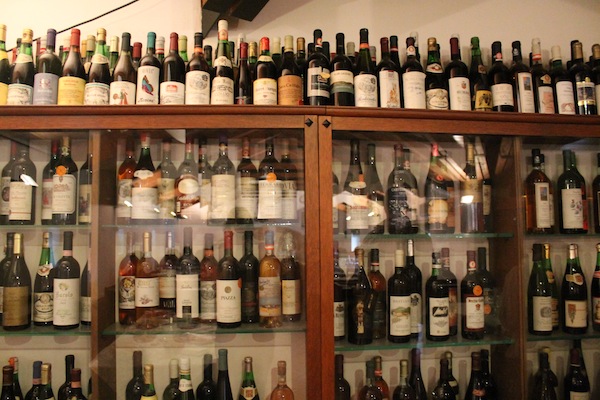

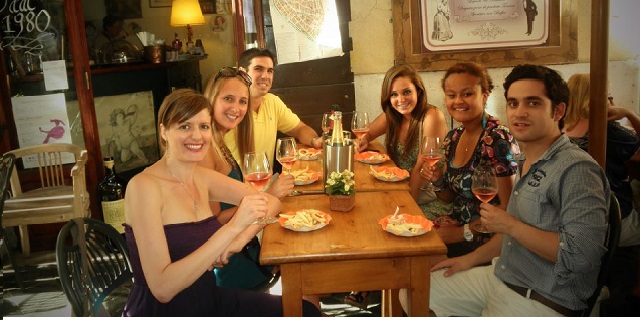



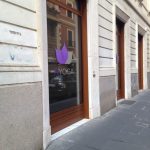
Do you recommend a Store where I can find Wine Yeast to prepare wine back at home?
Sorry, I have no idea, I’m afraid!
Awesome tips! Makes me want to head back to Italy and order more than just the “house white” ;D